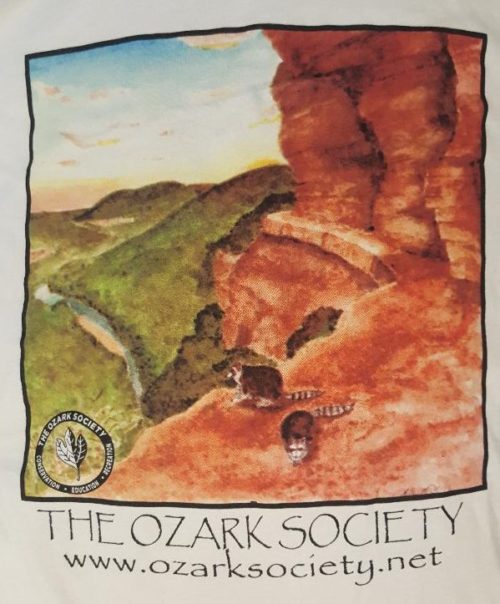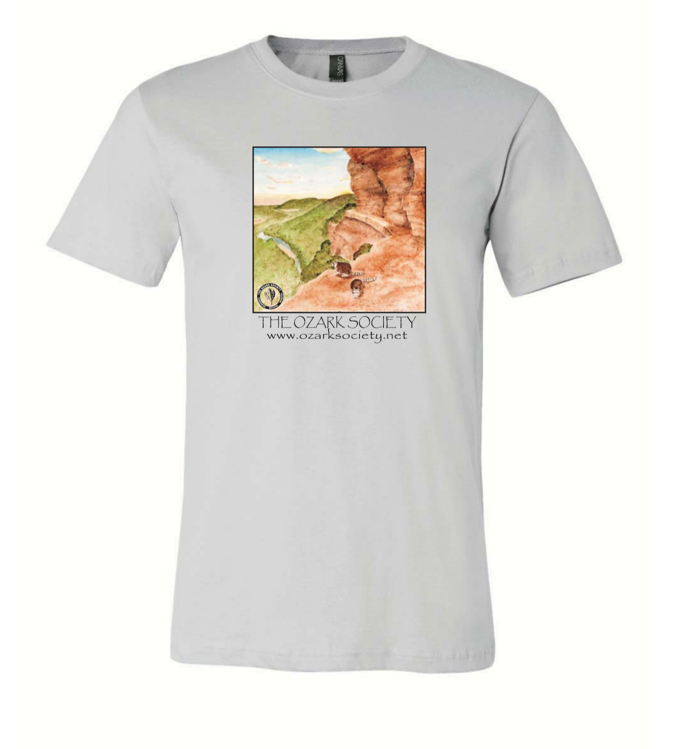-
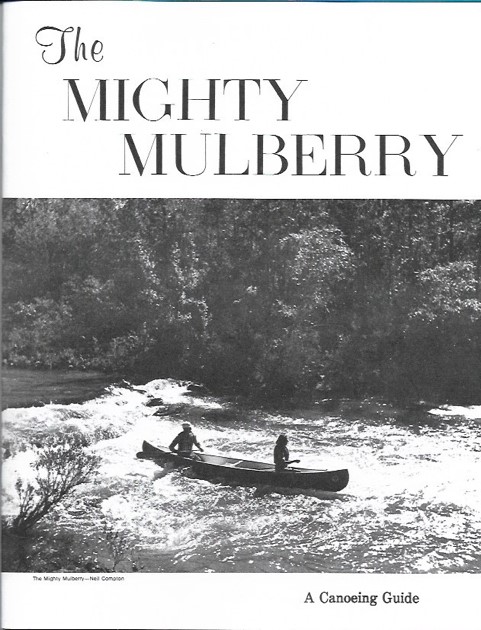 The Mighty Mulberry is a “nostalgia” item originally printed in 1974. It has wonderful photos of many of the Ozark Society founding members, including authors Harold and Margaret Hedges running Sacroiliac in their aluminum canoe. The center is one of the best maps of the Mulberry ever produced containing all of the rapids under their original names. This booklet has been faithfully reprinted on fresh, crisp print stock. Enjoy a new copy of this classic Ozark Society publication. Quantities limited. $10.00
The Mighty Mulberry is a “nostalgia” item originally printed in 1974. It has wonderful photos of many of the Ozark Society founding members, including authors Harold and Margaret Hedges running Sacroiliac in their aluminum canoe. The center is one of the best maps of the Mulberry ever produced containing all of the rapids under their original names. This booklet has been faithfully reprinted on fresh, crisp print stock. Enjoy a new copy of this classic Ozark Society publication. Quantities limited. $10.00 -
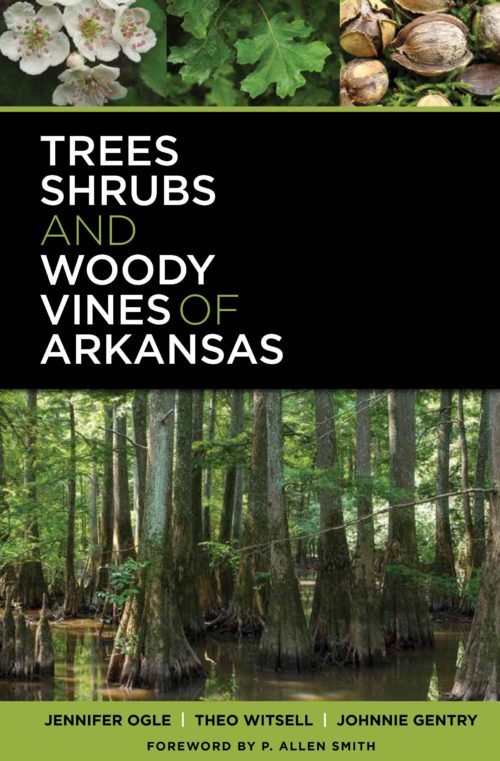
ORDER NOW!
This attractive, heavily illustrated field guide is the most comprehensive accounting of the woody plants of Arkansas ever published. The book will be a valuable companion for all who appreciate Arkansas flora in rural, urban, and wilderness areas. You will want to have a copy in your backpack as well as on your bookshelf. P. Allen Smith says, "This is a colossal body of work that will inform and benefit many, enthusiasts and professionals alike, for decades to come." Dr. Gary Tucker says, "What a great job you guys have done on the book. A much-needed publication that is well written..." -
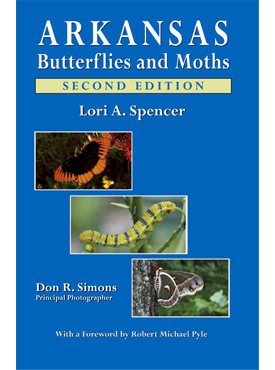
Arkansas Butterflies and Moths, 2nd edition, includes 264 species of butterflies and moths found in Arkansas. Species identification is facilitated through detailed text entries alongside 300 full-sized color photographs. And, for the first time ever, all butterfly species in the state are included. Many live photographs and shots of larvae are used, and butterfly gardening and prime butterfly-watching locations in the state are covered.
-
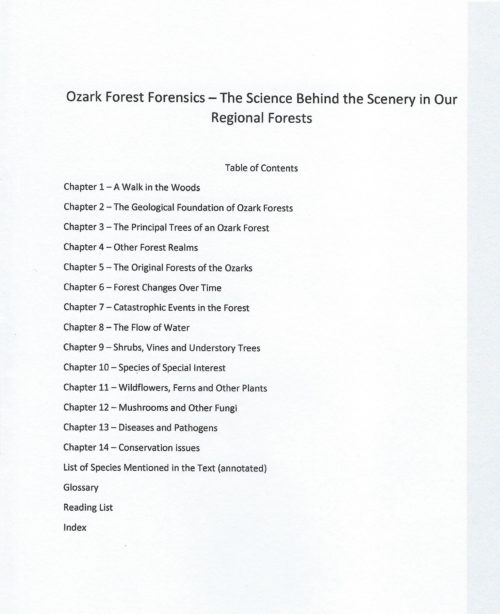
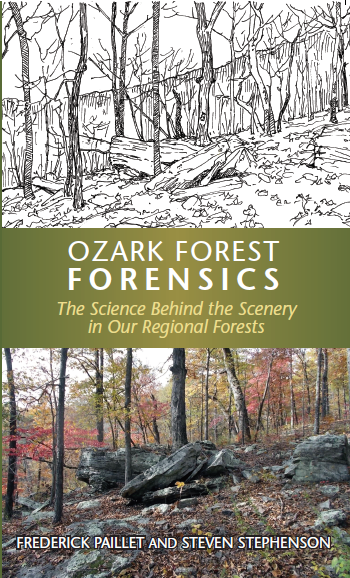 This book interprets our natural surroundings in a way that enhances a simple walk in the scenic deciduous woodlands of the Ozark Mountain region. Explanations go beyond trees and their habitat to include other diverse subjects: the leaf litter beneath a hiker’s feet, strategies used by wildflowers for pollination and seed dispersal, diseases that can ravage our forests, and forces active in the landscape that impact conservation efforts. Simplified line drawings demonstrate specific points of interest in a way that visually cluttered photographs cannot do. Includes: 163 line drawings, a list of species used in the text, a glossary, and a reading list.
This book interprets our natural surroundings in a way that enhances a simple walk in the scenic deciduous woodlands of the Ozark Mountain region. Explanations go beyond trees and their habitat to include other diverse subjects: the leaf litter beneath a hiker’s feet, strategies used by wildflowers for pollination and seed dispersal, diseases that can ravage our forests, and forces active in the landscape that impact conservation efforts. Simplified line drawings demonstrate specific points of interest in a way that visually cluttered photographs cannot do. Includes: 163 line drawings, a list of species used in the text, a glossary, and a reading list. -
Out of stock
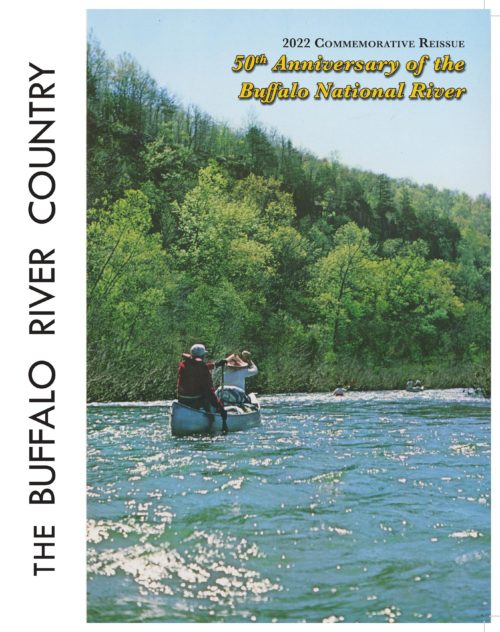 Kenneth L. Smith Edited by Janet Parsch This 2022 Commemorative Reissue of The Buffalo River Country includes…
Kenneth L. Smith Edited by Janet Parsch This 2022 Commemorative Reissue of The Buffalo River Country includes…- A Foreword by Suzie Liles and Jim Liles, National Park Service (retired)
- The complete text from the 3rd edition (1976)
- “Past and Future” -- The revised chapter from the three editions in 1967, 1970, and 1976 describes the status and progress on the legislation that created the Buffalo National River in 1972
- 13 maps and 150 photos
-
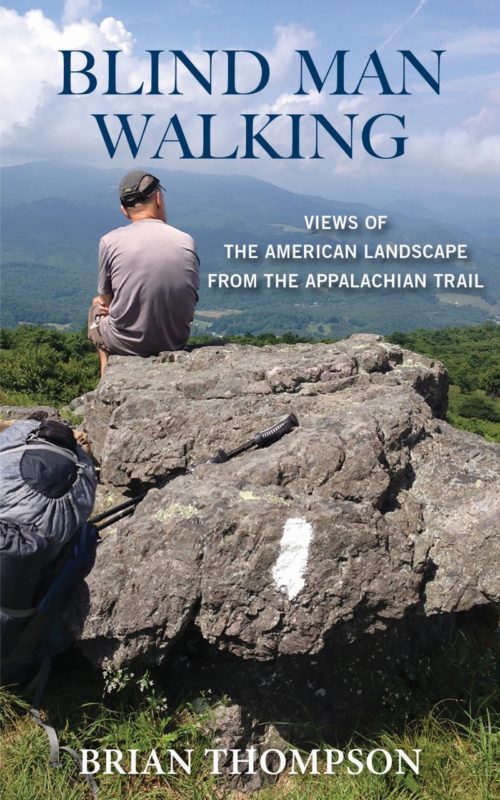 Two old college buddies contemplate hiking the Appalachian Trail. The problem is, one of them is severely vision impaired and his ability to follow a simple footpath is in serious question. They decide to first try an overnight hike in Arkansas; an unmitigated disaster. Upon their return, one fellow's wife declares he is too old fat and blind to be crashing about in the woods. The other’s wife notes how lucky they are to have learned their lesson before attempting anything as seriously challenging as the Appalachian Trail. Humiliated, their dignity in tatters, (and perhaps not the fastest learners), they decide to go anyway. This is their story, traveling America’s greatest footpath; the places, the people, the history. ISBN: 979-8577057978, 276 pages, paperback, February 2021
Two old college buddies contemplate hiking the Appalachian Trail. The problem is, one of them is severely vision impaired and his ability to follow a simple footpath is in serious question. They decide to first try an overnight hike in Arkansas; an unmitigated disaster. Upon their return, one fellow's wife declares he is too old fat and blind to be crashing about in the woods. The other’s wife notes how lucky they are to have learned their lesson before attempting anything as seriously challenging as the Appalachian Trail. Humiliated, their dignity in tatters, (and perhaps not the fastest learners), they decide to go anyway. This is their story, traveling America’s greatest footpath; the places, the people, the history. ISBN: 979-8577057978, 276 pages, paperback, February 2021 -
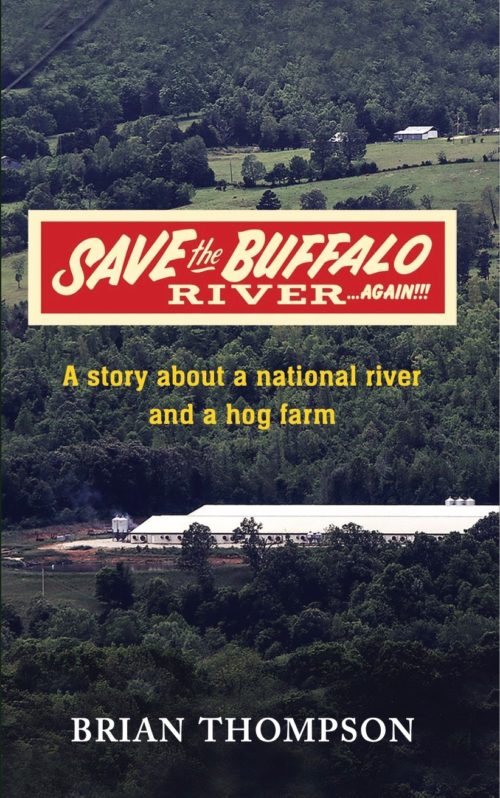 "A massive industrial hog operation is quietly permitted and constructed near the Buffalo National River, the pristine crown jewel of the state of Arkansas. It is nearly complete by the time the public becomes aware of it, too late to do anything to stop it. This is the true story of how a small group of Arkansans stood toe to toe with powerful special interests, state and federal agencies, the state legislature, and two of the largest corporations in the world, all to protect the Buffalo National River for future generations. Ignored and disparaged, they lost every step of the way. ...Until they won." Save the Buffalo River Again by Brian Thompson $16.95
"A massive industrial hog operation is quietly permitted and constructed near the Buffalo National River, the pristine crown jewel of the state of Arkansas. It is nearly complete by the time the public becomes aware of it, too late to do anything to stop it. This is the true story of how a small group of Arkansans stood toe to toe with powerful special interests, state and federal agencies, the state legislature, and two of the largest corporations in the world, all to protect the Buffalo National River for future generations. Ignored and disparaged, they lost every step of the way. ...Until they won." Save the Buffalo River Again by Brian Thompson $16.95 -
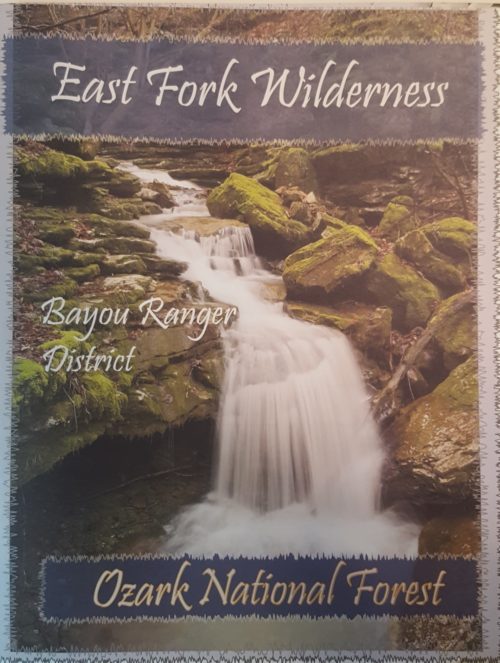 The Ozark Society, in cooperation with the U.S. Forest Service, has produced a series of new Arkansas Wilderness maps. These GPS friendly maps use UTM grids and the standard topo scale of 1:24,000. The Ozark Highland Trail and private inholdings are very clearly marked and valuable contact information and Leave No Trace camping tips are included. The maps feature the photography of Tim Ernst. For the first time, an entire wilderness area can be viewed on one map.
The Ozark Society, in cooperation with the U.S. Forest Service, has produced a series of new Arkansas Wilderness maps. These GPS friendly maps use UTM grids and the standard topo scale of 1:24,000. The Ozark Highland Trail and private inholdings are very clearly marked and valuable contact information and Leave No Trace camping tips are included. The maps feature the photography of Tim Ernst. For the first time, an entire wilderness area can be viewed on one map. -
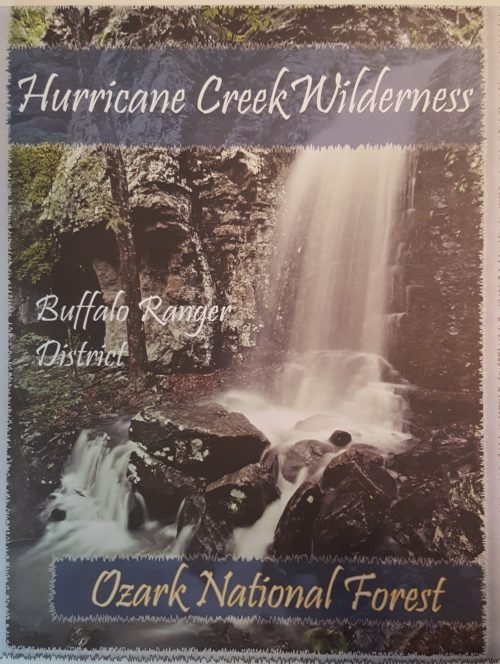 The Ozark Society, in cooperation with the U.S. Forest Service, has produced a series of new Arkansas Wilderness maps. These GPS friendly maps use UTM grids and the standard topo scale of 1:24,000. The Ozark Highland Trail and private inholdings are very clearly marked and valuable contact information and Leave No Trace camping tips are included. The maps feature the photography of Tim Ernst. For the first time, an entire wilderness area can be viewed on one map.
The Ozark Society, in cooperation with the U.S. Forest Service, has produced a series of new Arkansas Wilderness maps. These GPS friendly maps use UTM grids and the standard topo scale of 1:24,000. The Ozark Highland Trail and private inholdings are very clearly marked and valuable contact information and Leave No Trace camping tips are included. The maps feature the photography of Tim Ernst. For the first time, an entire wilderness area can be viewed on one map. -
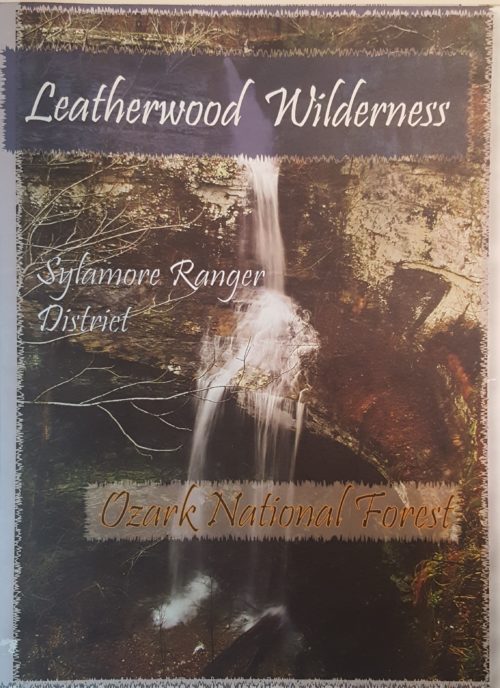 The Ozark Society, in cooperation with the U.S. Forest Service, has produced a series of new Arkansas Wilderness maps. These GPS friendly maps use UTM grids and the standard topo scale of 1:24,000. The Ozark Highland Trail and private inholdings are very clearly marked and valuable contact information and Leave No Trace camping tips are included. The maps feature the photography of Tim Ernst. For the first time, an entire wilderness area can be viewed on one map.
The Ozark Society, in cooperation with the U.S. Forest Service, has produced a series of new Arkansas Wilderness maps. These GPS friendly maps use UTM grids and the standard topo scale of 1:24,000. The Ozark Highland Trail and private inholdings are very clearly marked and valuable contact information and Leave No Trace camping tips are included. The maps feature the photography of Tim Ernst. For the first time, an entire wilderness area can be viewed on one map. -
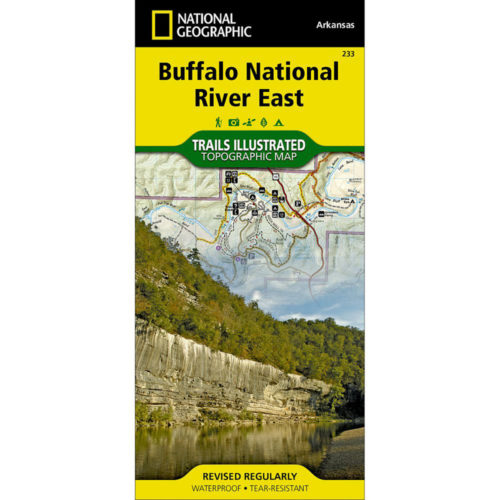
This map, first published by Trails Illustrated in 1992-93, uses USGS topographic maps as a base. T.I. has added hiking and horse trails, roads, campgrounds, and other features not shown on the 1960s vintage USGS maps. Also shown are routes of access to river and wilderness, and floaters’ car shuttle routes. Map users will find it easy to calculate the mileage of any trail hike or river trip and will see information for hikers, floaters, horseback riders, for anyone wanting to explore the Buffalo. The map is printed in four colors on waterproof, tear-proof plastic. Map design and text are by Ken Smith, author of Buffalo River Handbook and The Buffalo River Country, with cooperation from the National Park Service and U.S. Forest Service. This map includes the Leatherwood and Lower Buffalo Wilderness Areas.

